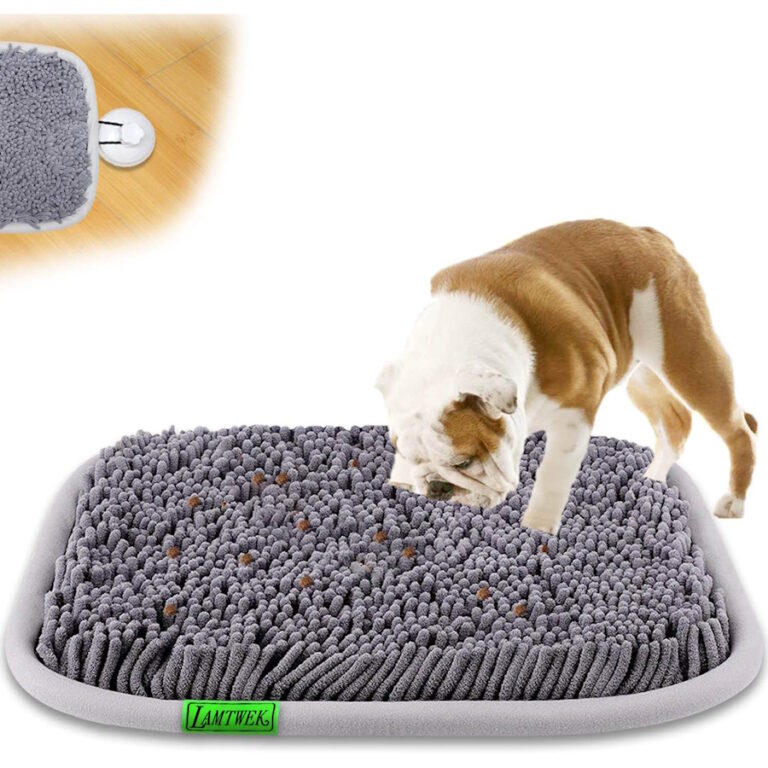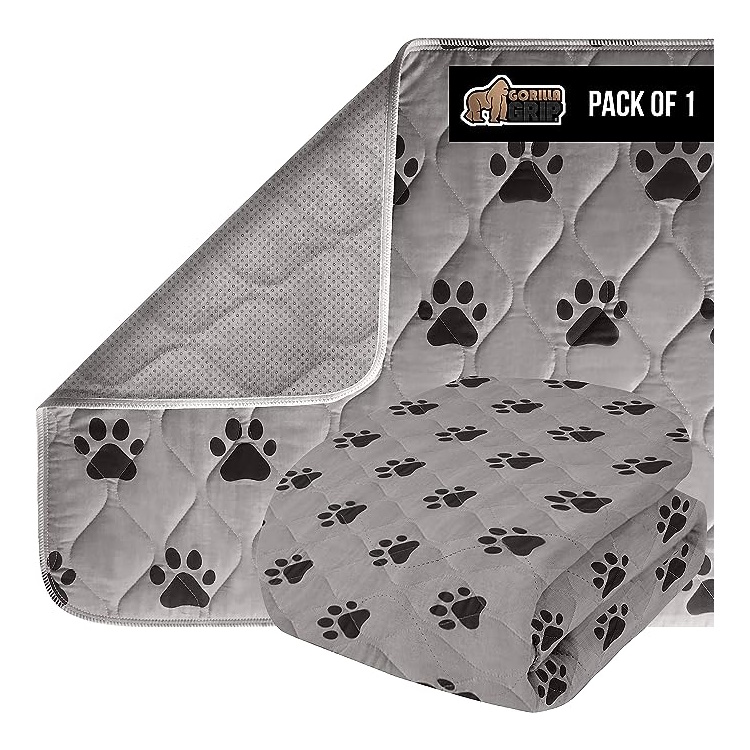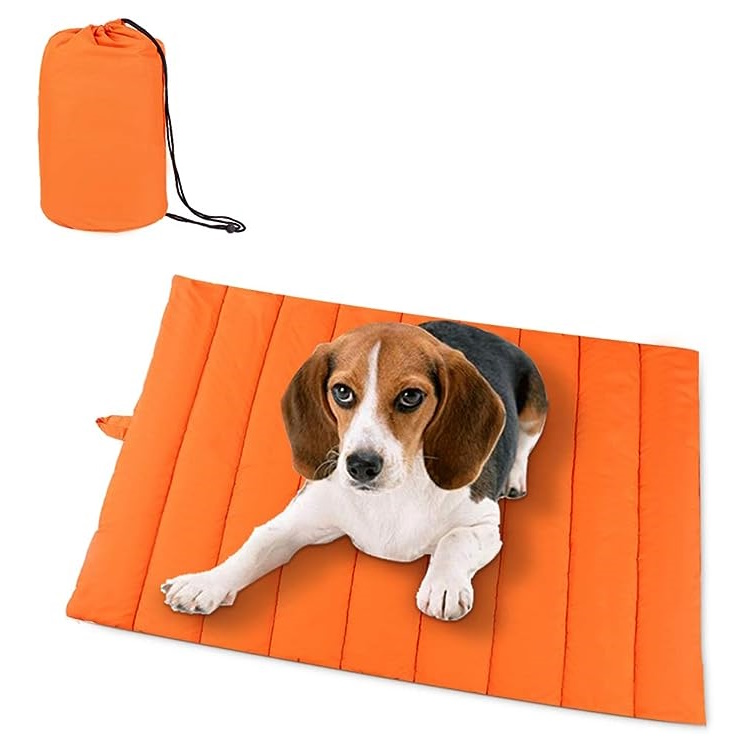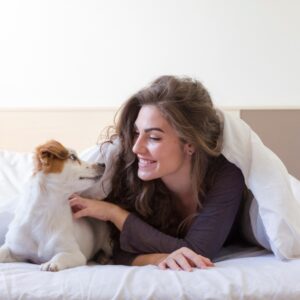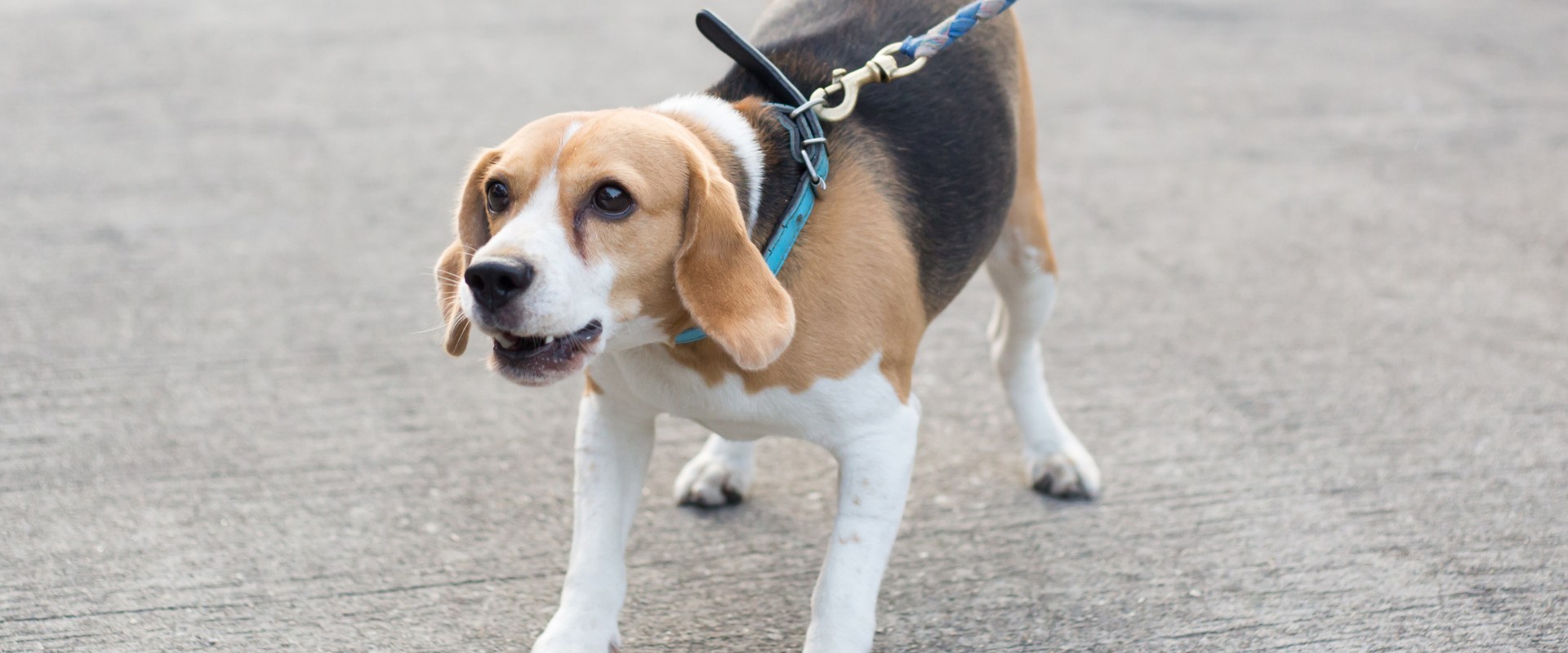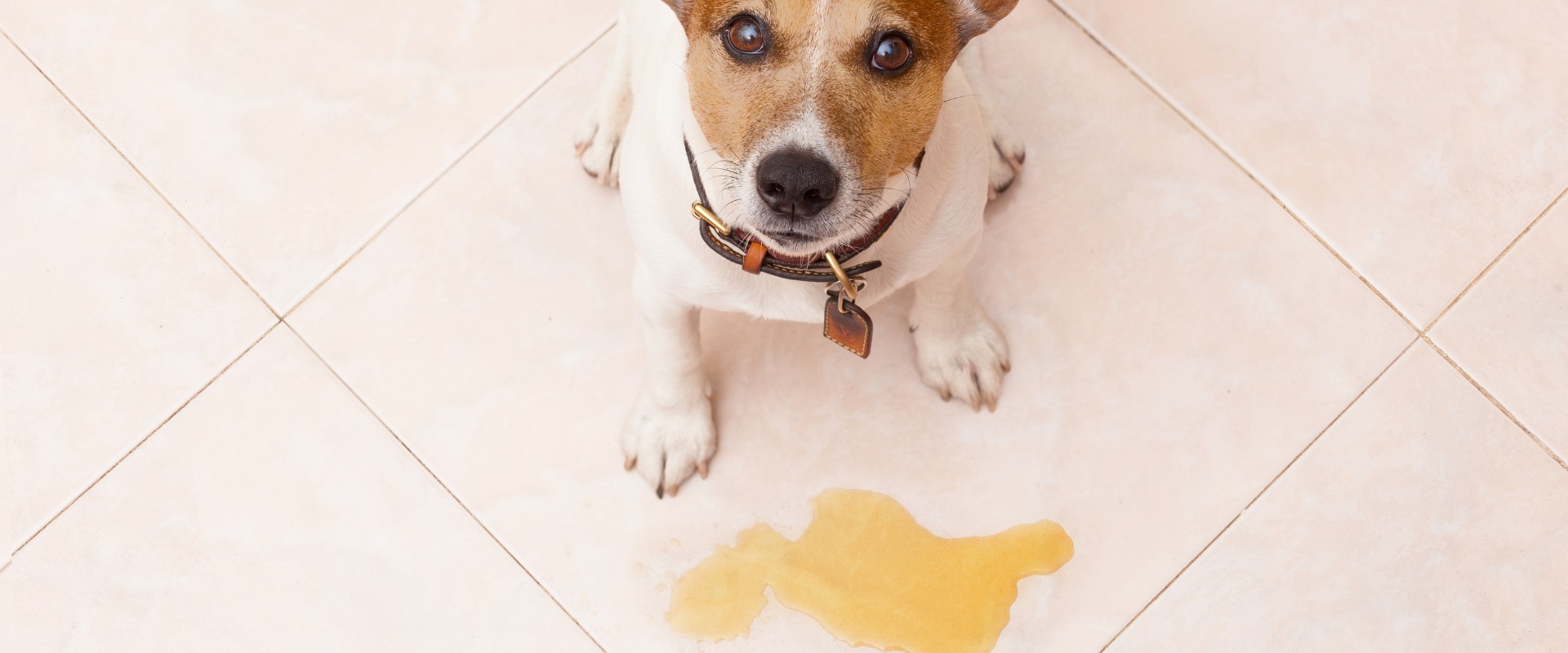Training an older dog to use a pee pad can be a great solution for various reasons, including:
✣ Age-related health issues: Senior dogs may experience incontinence or have difficulty holding their bladder for long periods.
✣ Limited mobility: Arthritis or other conditions might make it challenging for older dogs to reach outdoor potty spots.
✣ Adverse weather conditions: Extreme hot or cold weather might deter senior dogs from going outside regularly.
While it might require more patience and understanding compared to training a puppy, teaching an older dog to use a pee pad is definitely achievable. Here’s a guide to help you get started:
How to potty train adult dog - 7 Steps:
1. Choose the right pee pad:
- Size: Opt for a pad large enough for your dog to comfortably lie on and do their business.
- Absorbency: Select a pad with high absorbency to prevent leaks and ensure hygiene.
- Leak-proof backing: Choose a pad with a waterproof backing to protect your floors.
- Attractant scent: Some pads come with a built-in scent that attracts dogs to use them.
Gorilla Grip Slip Resistant Dog Crate Mat
Gorilla Grip Reusable Puppy Pads, Slip Resistant Pet Crate Mat,...
AMOFY dog mat
AMOFY Pet Mats, 43"X26", Exceptionally Hygienic, Non-Slip, Water Resistant, Comfortable...
2. Designate a potty area:
- Pick a quiet, easily accessible location away from high-traffic areas.
- Place the pad against a wall or in a corner to provide a sense of security.
- Use a non-slip mat underneath the pad to prevent it from moving.
3. Introduce the pad gradually:
- Let your dog sniff and explore the pad without any pressure.
- Use a positive and encouraging tone when they approach the pad.
- You can even place some treats on the pad to make it more appealing.
4. Establish a routine:
- Take your dog to the pee pad frequently, especially after waking up, eating, drinking, or playing.
- Use a verbal cue like “go potty” or “pee pad” to guide them towards the designated area.
- Be patient and consistent, as it may take some time for your dog to understand the purpose of the pad
5. Reward and praise:
- Offer immediate and enthusiastic praise when your dog uses the pad successfully.
- Reward them with treats, petting, or playtime to reinforce the positive behavior.
- Avoid scolding or punishing your dog for accidents, as this can create anxiety and hinder the training process.
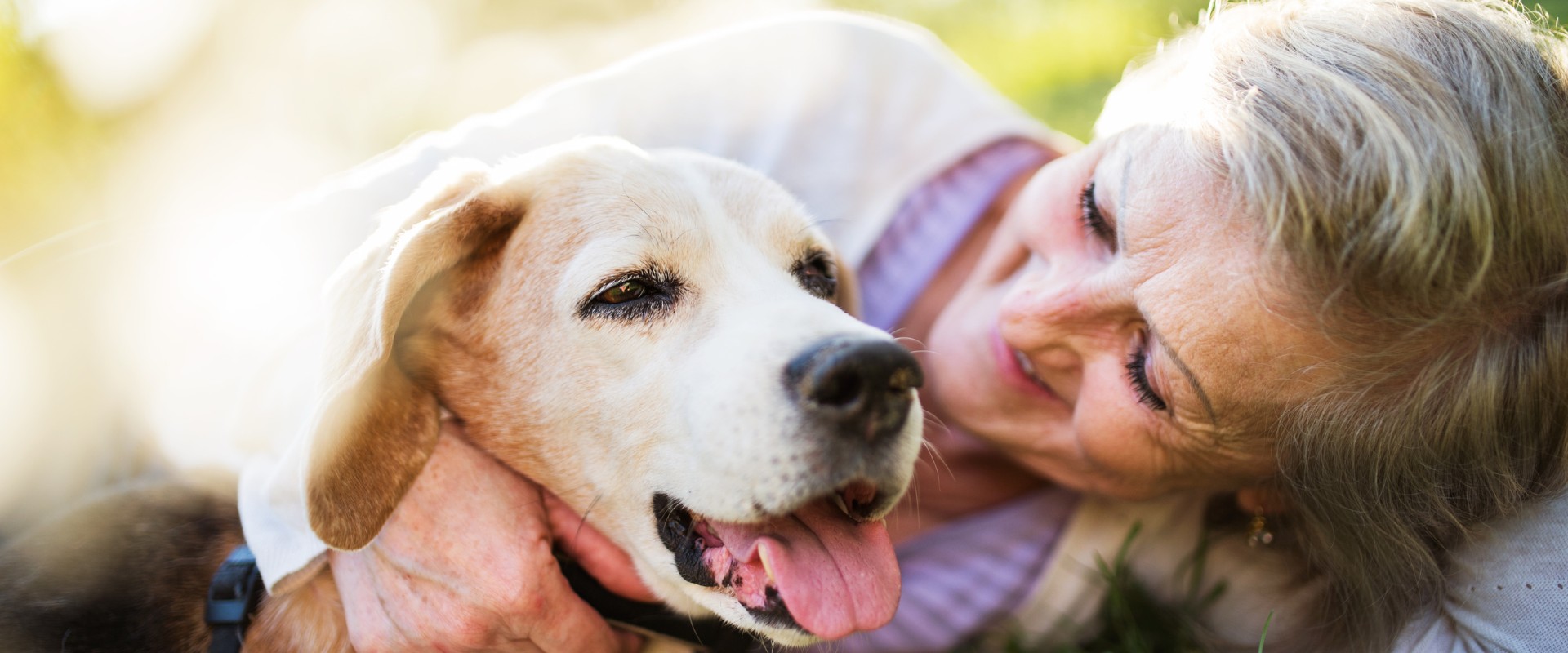
6. Clean up accidents promptly:
- Use an enzymatic cleaner to remove any traces of urine or feces, as lingering smells might attract your dog to go in the same spot again.
- Replace the pad regularly to maintain hygiene and prevent bad odors.
7. Be patient and consistent:
- Remember, training an older dog takes time and patience.
- Don’t get discouraged by setbacks, and remain consistent with your routine and positive reinforcement.
- Consult your veterinarian if you encounter any difficulties or suspect underlying health issues.

